Reshaping the organizational structure and content strategy of journalism production
Vietnam is entering a new phase, identified as an era of strong growth with the expectation of becoming a developed, high-income country by 2045. That aspiration is not only an economic goal, but also a comprehensive transformation in terms of institutions, technology, culture and people.
Resolution No. 57-NQ/TW dated December 22, 2024 of the Politburo on breakthroughs in science, technology, innovation and national digital transformation shows that press and media are identified as one of the key areas that need strong transformation to accompany and lead society into the digital age.
Dr. Phan Van Kien, Director of the Institute of Journalism and Communication (University of Social Sciences and Humanities, Vietnam National University, Hanoi) commented: “In that context, multi-platform journalism is not only a technical choice, but also a direct expression of a strategic vision: Turning journalism into a tool to create public space, encourage innovation and promote social cohesion in a new era of national development”.
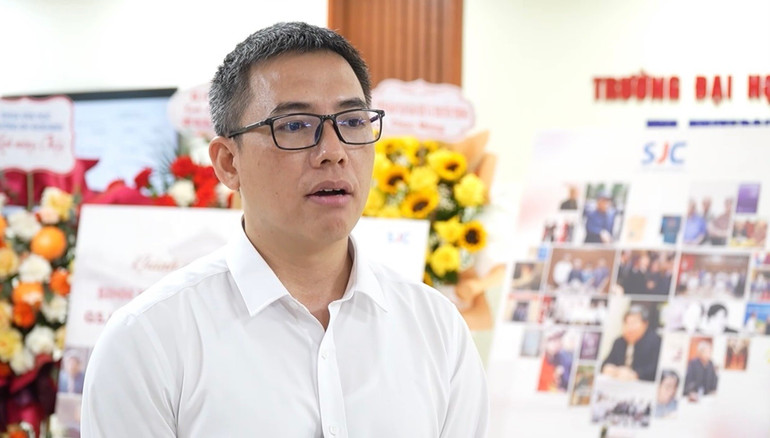
According to Dr. Phan Van Kien, the concept of “multi-platform journalism” is often confused with “multimedia journalism” or “integrated journalism”. In the early stages of the digitalization process, press agencies mainly focused on converting content from print to electronic versions. Next, images, videos, and interactive graphics were added and gradually improved to increase the attractiveness of press products. At this stage, the multimedia journalism model was identified as the center.
However, as mobile devices become more and more ubiquitous in everyday life, social media and personalization technologies have placed new demands on the organizational structure and operational processes of journalism. This change has directly impacted the evolution of journalism from multimedia to multi-platform.
“The multi-platform model requires the press to not only produce multiple content formats but also distribute them optimally on many different platforms such as: websites, mobile apps, Youtube, TikTok, podcasts and social networks,” Dr. Phan Van Kien analyzed.
Accordingly, multi-platform journalism has three core characteristics. First of all, modern multi-platform journalism no longer focuses on a single platform but aims to build a distributed content architecture. In this model, each platform acts as a strategic touch point with the public. From there, it requires formatting and adjusting content to suit the user characteristics and distribution algorithms of each platform.
The multi-platform model requires newspapers to not only produce multiple content formats but also distribute them optimally across multiple platforms such as websites, mobile apps, YouTube, TikTok, podcasts, and social media.
Dr. Phan Van Kien, Director of the Institute of Journalism and Communication Training
Citing the production of content on popular platforms such as TikTok, Instagram and YouTube, Mr. Kien compared that while articles on websites often need to be long and in-depth, content on TikTok requires brevity, vivid images and high entertainment. The New York Times now has a dedicated team to produce short videos for TikTok, Instagram Reels and YouTube Shorts, in addition to maintaining in-depth content on its website and paid apps.
Multi-platform journalism also requires an integrated and flexible content production model. Traditionally, the traditional news and article production model follows a basic process: reporters write content, editors review, and editorial secretaries publish. Now, a number of organizations and units around the world have switched to an integrated newsroom model.
"Here, every department from production, editing, data analysis to social media collaborates for a certain period of time. They produce and distribute content on many platforms," Dr. Phan Van Kien added.
Promoting the role of journalists in the new era
The shift to a multi-platform model comes with its own challenges. The public’s demand for news is becoming more demanding, while access to information from multiple platforms makes it harder to build reader loyalty. This requires corresponding changes for journalism teams.
Associate Professor, Dr. Nguyen The Ky, Vice Chairman of the Central Theoretical Council, assessed: “In the new period, the press has both great opportunities and advantages, but also faces many challenges. I think that the press team needs to compete healthily in transmitting information to attract the public to their side. The press economy is also affected by that. Whoever communicates well will be trusted by the public and customers, and receive a legitimate source of income.”
The press can only develop sustainably when it is truly accepted by the public, survives and can thrive with decent payments from businesses, the mass press public and other legitimate sources of income.
Associate Professor, Dr. Nguyen The Ky believes that the current time is truly an opportunity for the young generation of journalists. Because now, we have a lot of modern equipment, technology, and multiple platforms to work. And the public is also constantly waiting for useful, quick, and attractive information.
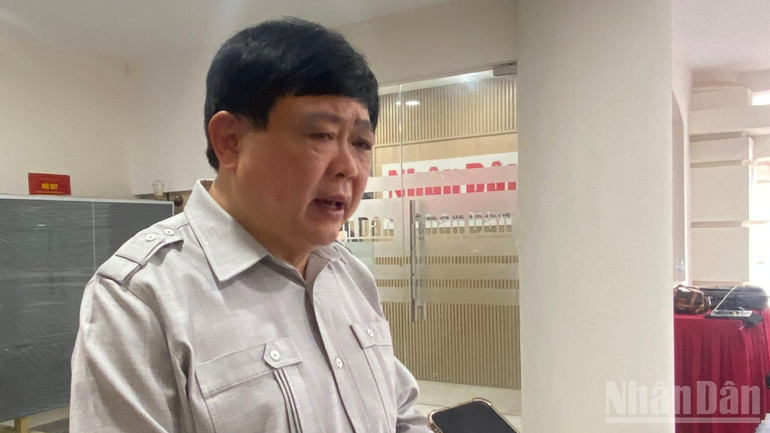
“Journalists, first of all, must have a mindset. Looking back at 100 years of the development of the Vietnamese Revolutionary Press, it can be seen that our country's press has reached professionalism, modernity and humanity. However, there are still individuals who are still wandering around, stuck in their 'small space' to write news and articles. Above all, we must go into life to know what people want to know,” Associate Professor, Dr. Nguyen The Ky affirmed.
To attract readers, the press needs to direct its content to people's issues and urgent demands in society. For each event or incident that occurs, many people can witness the process, but the way of reporting, the way of working expressed in the thinking and talent of the reporter will make the news attractive. The direction of communication implementation of press agencies also plays an extremely important role.
“When faced with a problem, journalists are the ones who approach, dissect, explain the facts, and propose solutions to the problem. In my opinion, nowadays, the difference in handling information and facts lies in the solution. Modern journalists must always be concerned about that,” Mr. Ky added.
Accordingly, a strong press agency and a professional journalist always know what to do and how to do it so that their agency and their articles do not just stop at reflecting issues, events, and things, but must go deep into analyzing, commenting, criticizing, and orienting public opinion in a correct, positive, and convincing way.
At present, we still need hot news, exclusive news, investigative reports. But intellectual journalism and solution journalism also emphasize the discovery, assessment, forecasting, and providing correct, responsible, and directional perspectives on important, hot events and issues that have happened, are happening, and will happen.
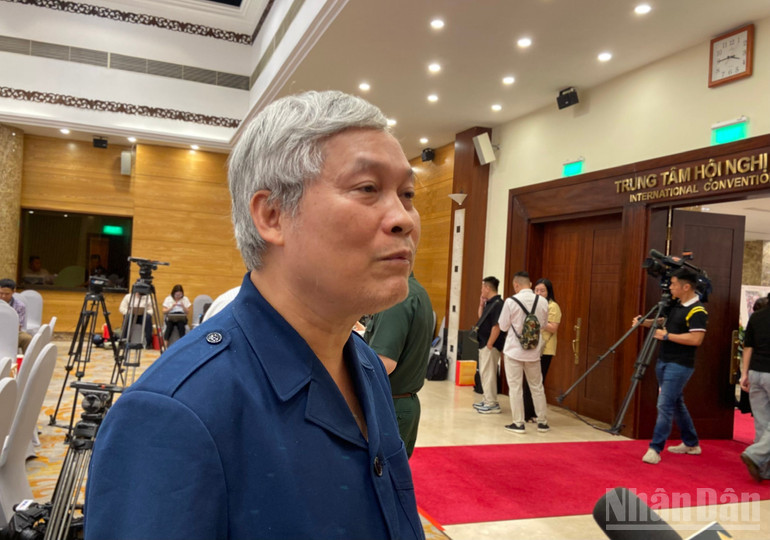
Recognizing the role of journalists in the digital age, in the context of information spreading rapidly, Colonel Do Phu Tho, Editor-in-Chief of the Vietnam Veterans Newspaper, mentioned the need for each journalist to hone their professional skills and have a strong political stance. In particular, individuals need to equip themselves with more knowledge of science and technology to detect, warn and provide solutions to combat bad, toxic and false information that is increasingly spreading on social networks.
“Today’s generation of young journalists are all trained in basic knowledge and skills, so they are very good at using technology. However, there are also many who are too dependent on technological applications and equipment in producing press products. To train journalists to meet the requirements of the new era, in addition to actively training in their profession, they need to selectively absorb the traditions of Vietnamese Revolutionary Journalism, especially learning the daring journalism of previous generations,” Colonel Do Phu Tho emphasized.
Sharing the same view, Associate Professor, Dr. Nguyen The Ky said that the more technology develops, the more popular artificial intelligence becomes, causing fake news to increase. This is a big problem not only for Vietnam but also in countries with a strong media industry. These countries have also raised the alarm.
“Facing the above problem, I think that in conveying information, the identity and personalization of reporters and press agencies are extremely important. There are many things that AI cannot do. The human factor, humanity, and the ability to orient through thinking, skills and solutions will be the key to decoding the AI story,” Associate Professor, Dr. Nguyen The Ky added.
Source: https://nhandan.vn/tu-bao-chi-da-phuong-tien-den-bao-chi-da-nen-tang-post885198.html


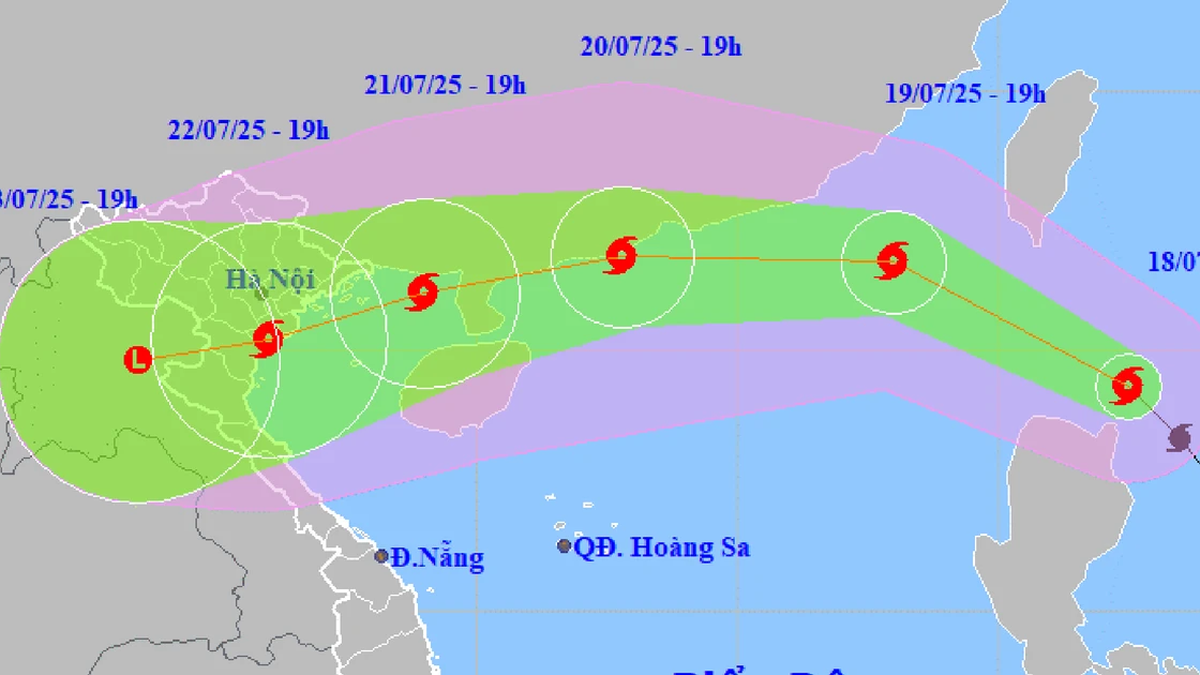
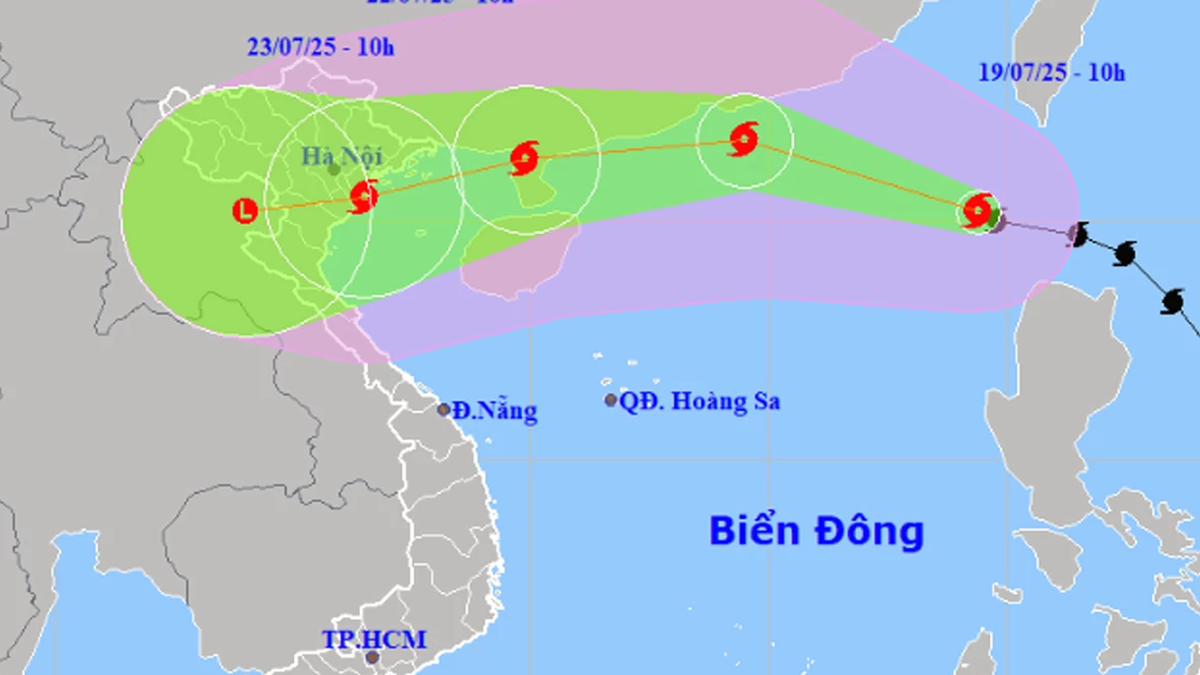
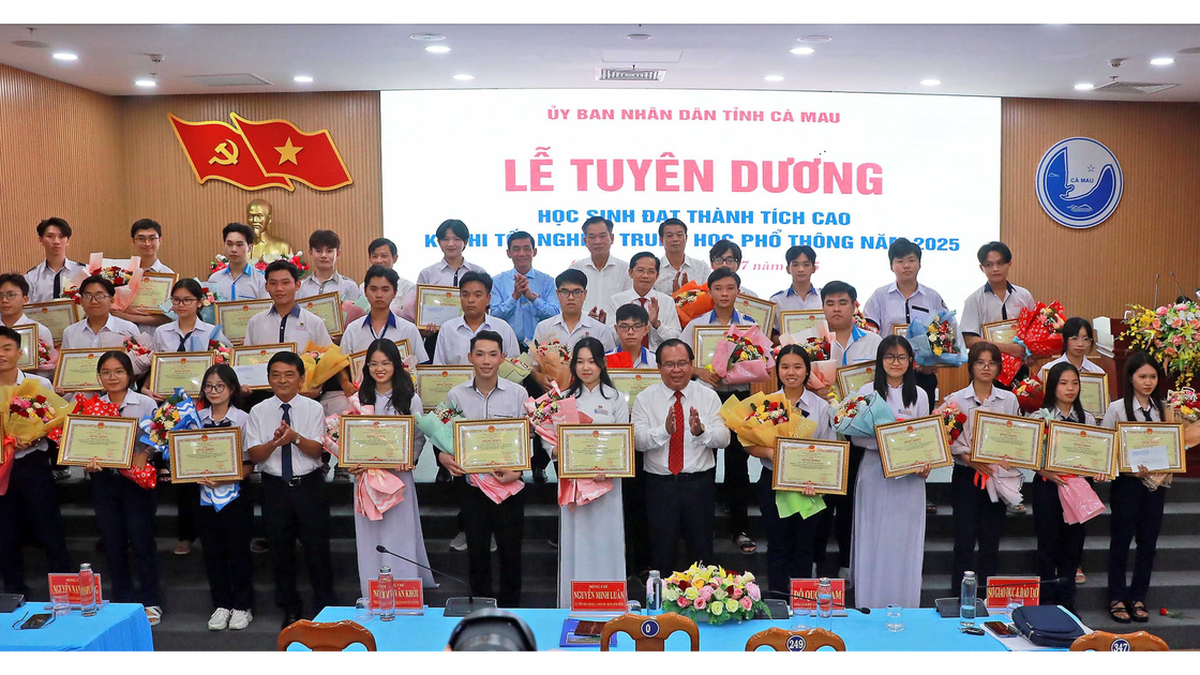
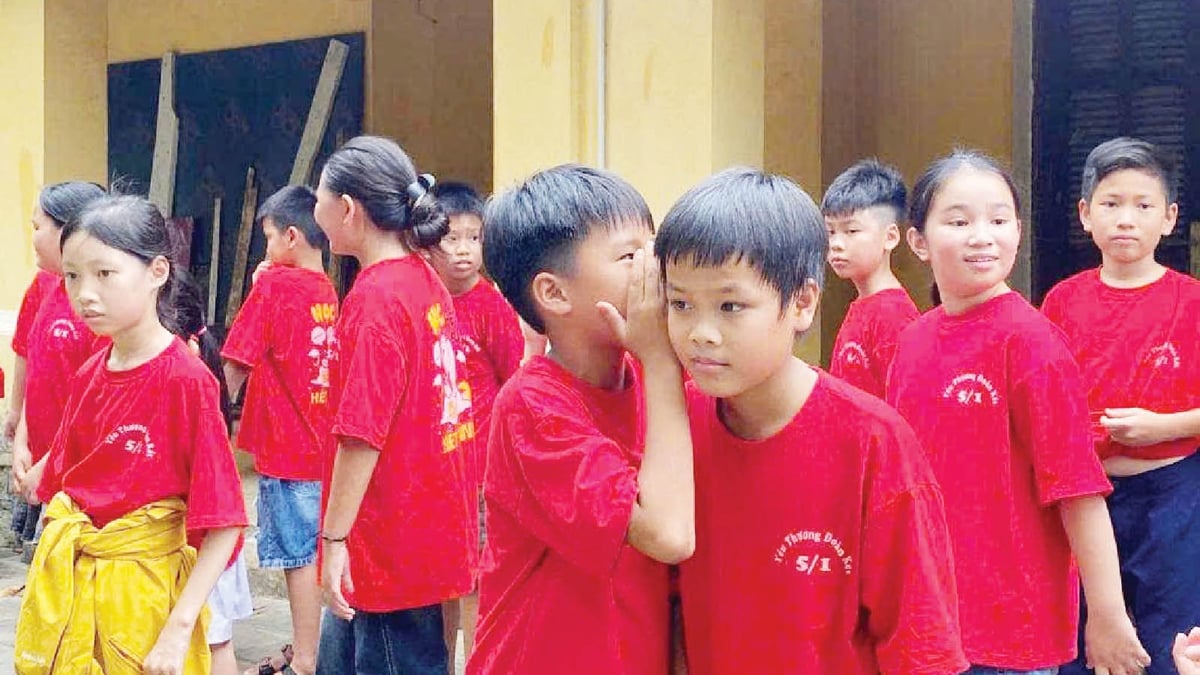
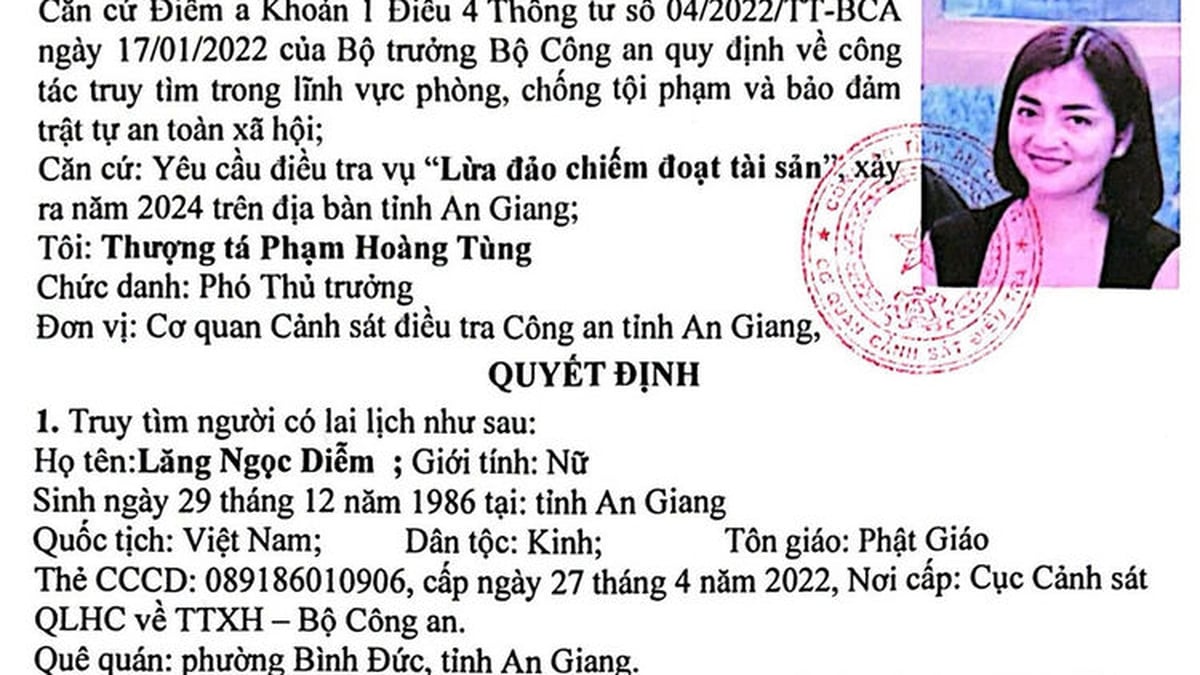
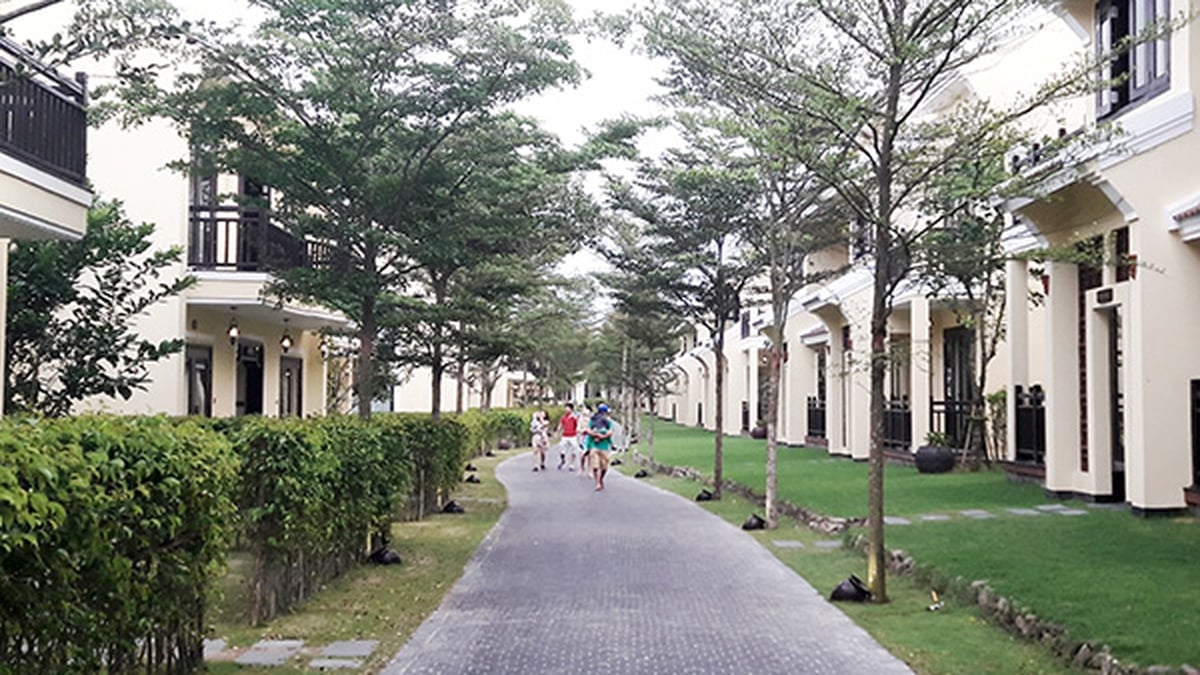

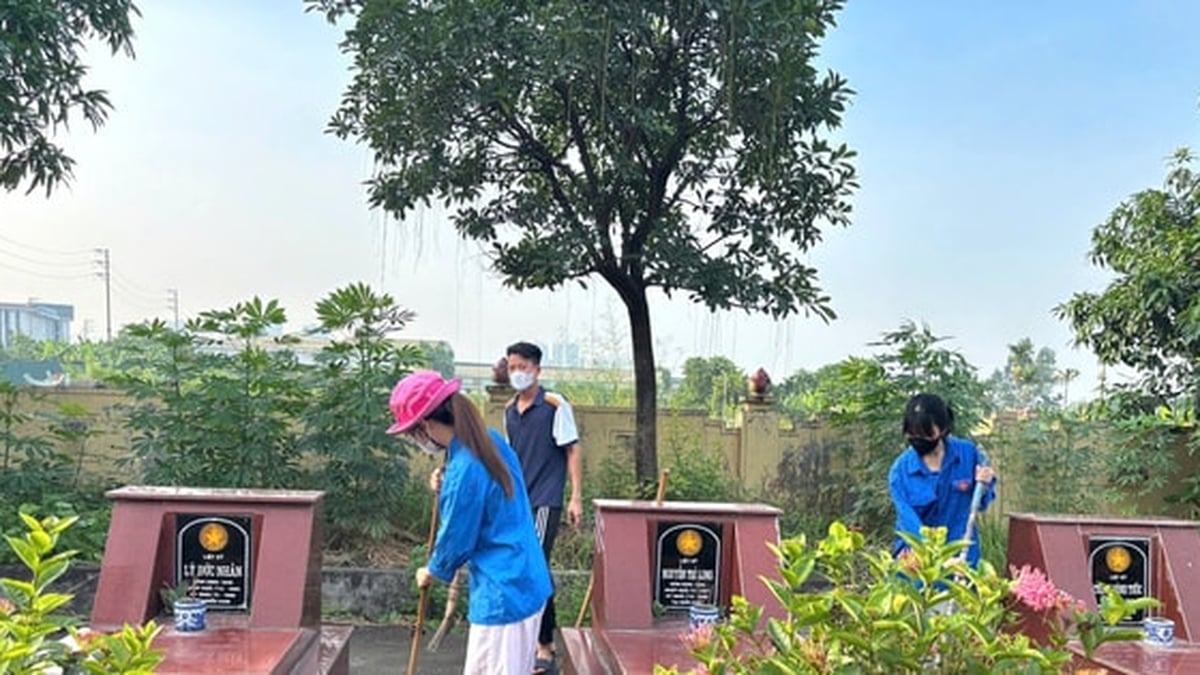
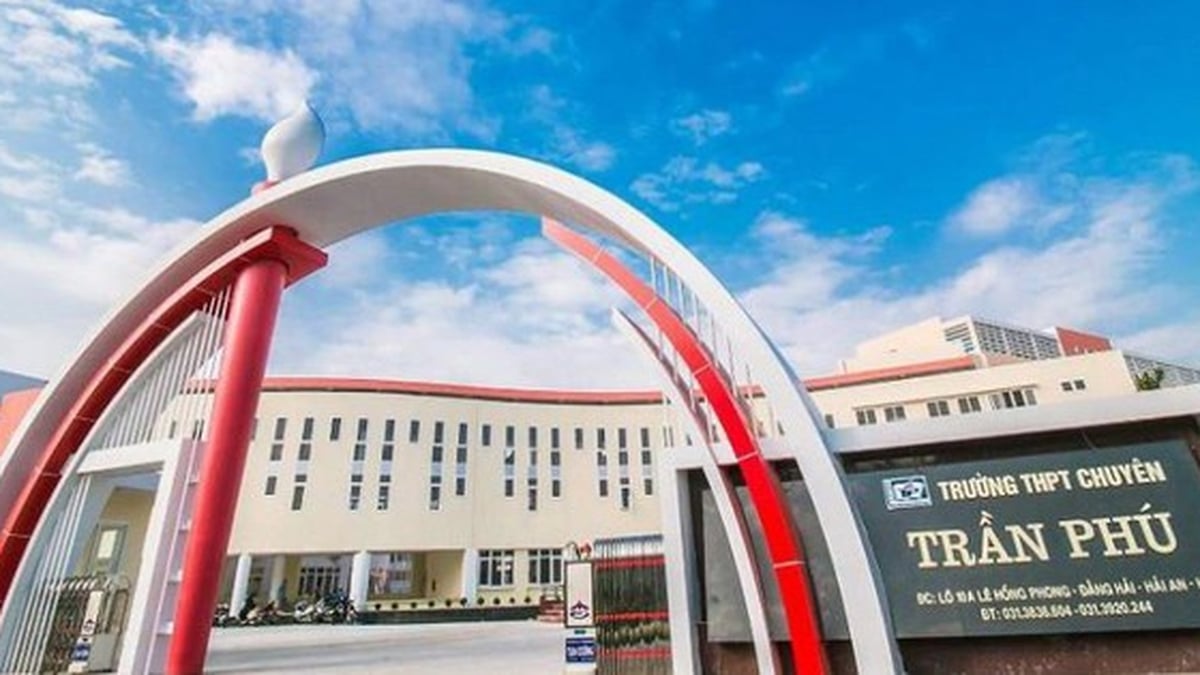
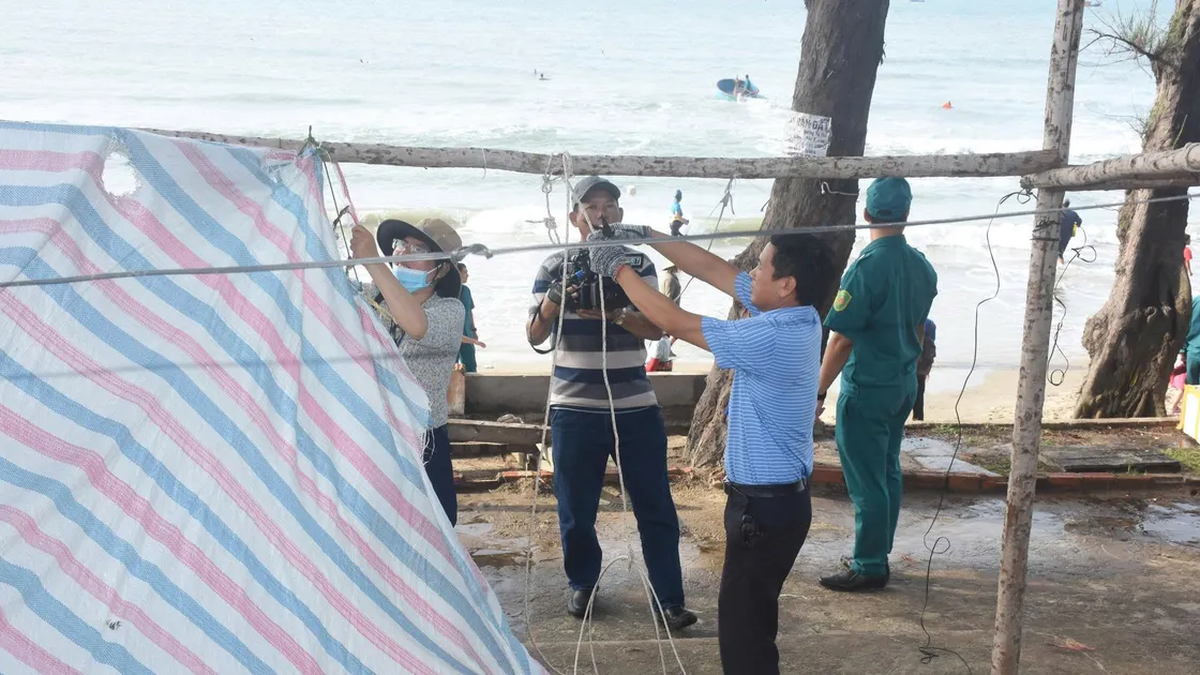























































































Comment (0)